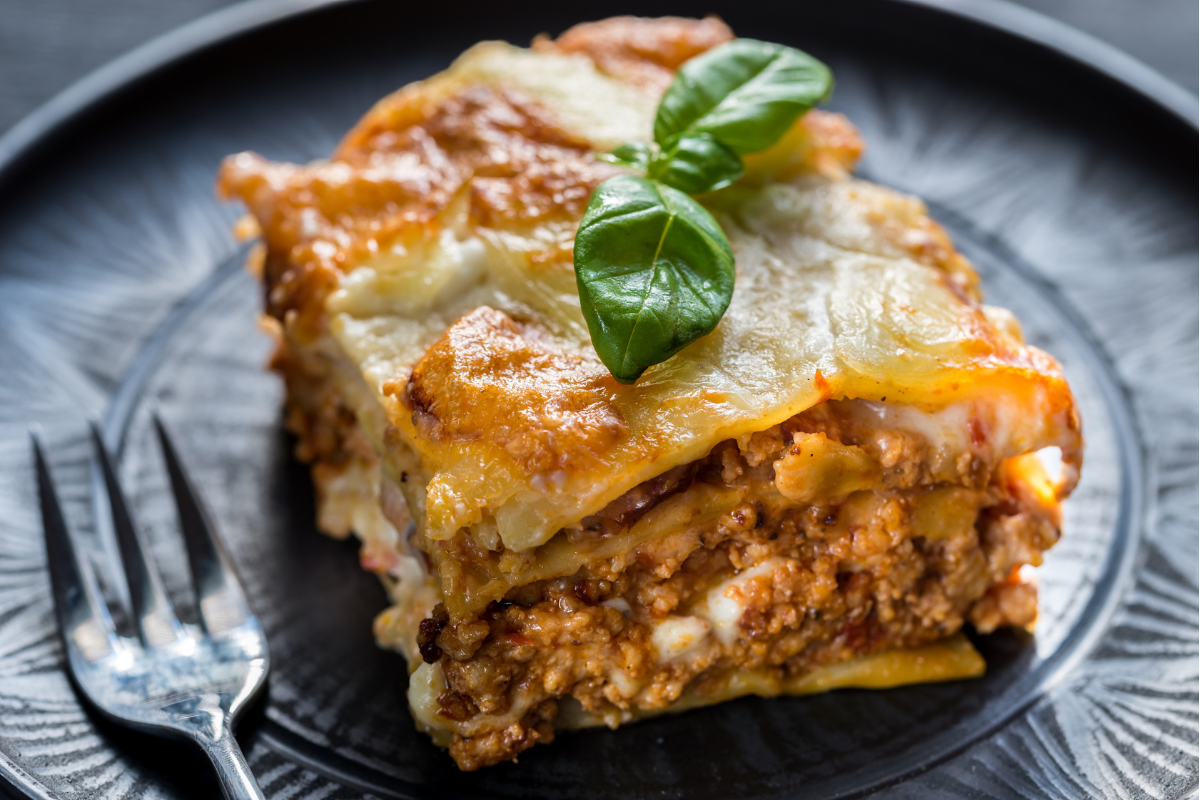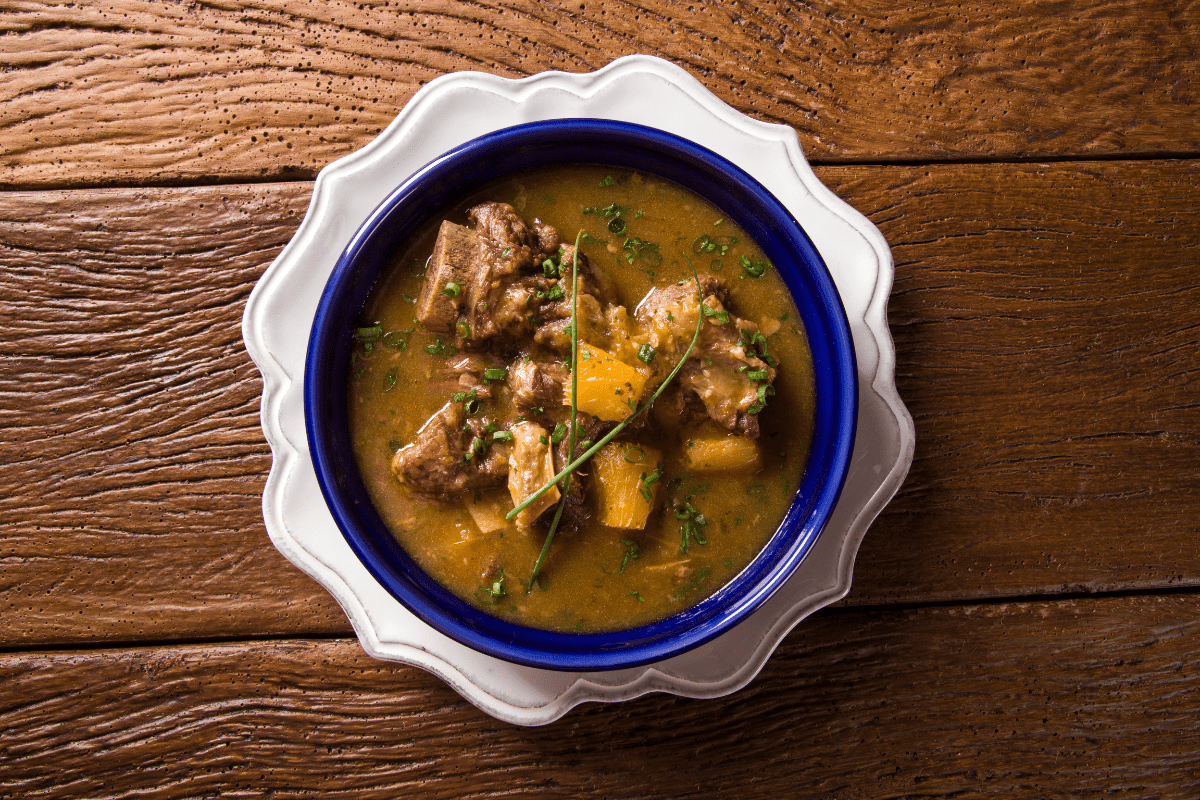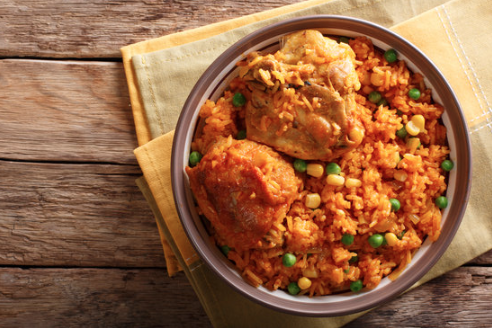White Lasagna Recipe with Ham
Brazilians love Italian food, and lasagna is no exception. There are a few key differences to Brazilian lasagna, however. In addition to the familiar ingredients of ground beef, tomatoes, and mozzarella, today’s recipe incorporates a white sauce and shaved ham. We will also forgo the ricotta in favor of more mozzarella (sliced, not shredded).
Italian Food in Brazil
Italians have been present in Brazil in some capacity since the sixteenth century. Genoese sailors, for example, were among the first to settle there during the colonial period. However, the largest wave of Italian immigrants arrived in Brazil between 1880 and 1900. Over 1 million Italians came during this 20-year period, primarily to work in the coffee fields.
Today, the Italian government estimates that over 30 million Brazilians have Italian heritage, including four of the country’s presidents: Pascoal Ranieri Mazzili, Itamar Franco, Emilio Garrastazu Medici, and Jair Messias Boisonaro. São Paulo has the highest population of Italians outside of Italy itself.
With so many individuals of Italian descent, it is no surprise that Brazilians adore Italian cuisine. Of course, they put their own spin on it (just like they do with Brazilian pizza). Ham is, perhaps, the most unexpected ingredient; but this is also not surprising, considering the nation’s strong ties to Portugal (a country famous for its smoky jamon).
White vs Red Lasagna
Our lasagna today uses a white sauce, which is a classic bechamel made using butter, flour milk, salt, pepper, and a pinch of nutmeg. You can certainly opt for the more traditional marinara sauce, if you prefer. However, the creamy white sauce does pair nicely with both the ham and ground beef, since it is milder in flavor than garlicky marinara.
What Kind of Ham to Use for Brazilian Lasagna?
Our recipe for Brazilian lasagna uses thinly sliced, or shaved, ham. It makes for easy layering and you get a nice bite of ham in every forkful. You could certainly use cubed ham, though. Just add it to the beef mixture instead of layering it on top.
Is There Veggie Lasagna in Brazil?
Of course! Brazilians may be famous for their churrasco, but that doesn’t mean you can’t find vegetarian options. If you want to omit the beef and ham from this recipe, go right ahead. You can substitute a variety of sauteed veggies. Brazilians like carrots, peas, green olives, and tomatoes (okay, the last two are, technically fruit, but you get the idea).
Brazilian Lasagna Recipe
Ingredients:
For the sauce:
2 tablespoons unsalted butter
3 tablespoons all purpose flour
1 cup whole milk
Pinch of ground nutmeg
1.5 tsp salt
Freshly ground black pepper
For the filling:
Extra virgin olive oil
2 garlic cloves, minced
1 medium yellow onion, minced
1 can diced tomatoes
1 tsp oregano
8 oz lean ground beef
1 lb lasagna noodles
8 oz sliced mozzarella cheese
8 oz shaved ham
2.5 tsp salt
½ cup grated parmesan or Asiago
Directions:
- Heat a medium saucepan over medium heat. Melt the two tablespoons of butter, then stir in your flour. Cook for two minutes, stirring constantly. Add in 1.5 tsp of salt and a few twists of freshly ground black pepper. Whisk in the cup of milk slowly. When the mixture has thickened and is smooth, whisk in your pinch of nutmeg. Set the pot aside.
- Heat another skillet over medium high heat. Add in a drizzle of extra virgin olive oil. Put the minced onions in the pan and cook them until they are softened (2-3 minutes). Then add the garlic and ground beef. Cook until the beef is browned. Strain off any excess grease.
- Add in your tomatoes, 2.5 tsp of salt, and oregano. Let the mixture simmer for a few minutes.
- While the beef simmers, bring a large pot of salted water to a boil. Cook the lasagna noodles until they are al dente (flexible, but still firm). Strain the noodles and return them to the pot.
- Preheat the oven to 350 degrees Fahrenheit.
- Now we are ready to start layering (we will have four layers total). In a casserole dish, layer a few spoonfuls of the meat mixture. Cover the meat with a layer of lasagna noodles. Then put another layer of meat, followed by mozzarella, followed by ham. Repeat until you have four complete layers, then cover the whole dish with the bechamel sauce. Top with your parmesan or asiago cheese.
- Cover the dish with aluminum foil and bake in the oven for 20-25 minutes, until the cheese is melted and the mixture is bubbling. Bake for an additional five minutes uncovered to let the cheese crisp up a little, if you want.
- Serve with crusty bread and a fresh salad. Enjoy!
More Great Brazilian Dishes to Try:



